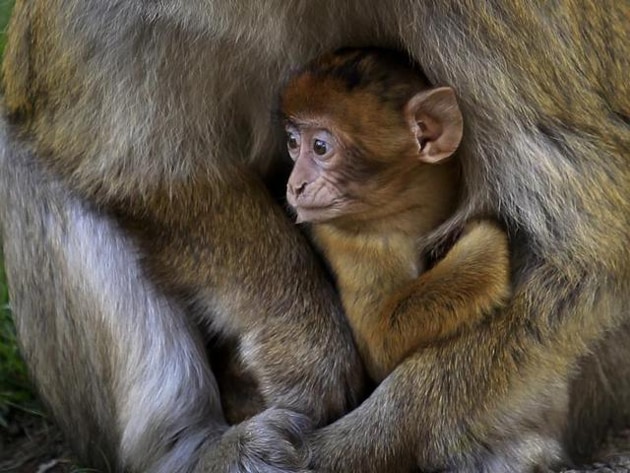What is monkey fever?
Kyasanoor Forest Disease (KFD) was first detected in the Kyasanur forest in Karnataka in 1957. Since then, between 400 and 500 human cases are reported each year in South Asia, mainly India.
Kyasanoor Forest Disease (KFD) was first detected in the Kyasanur forest in Shimoga in Karnataka in 1957. Since then, between 400 and 500 humans cases are reported each year in South Asia, mainly India.

It causes seasonal outbreaks between December and May along the Western Ghats, striking farmers in Goa, Karnataka, Kerala, Tamil Nadu and Maharashtra.
The disease is caused by Kyasanur forest disease virus (KFDV), a member of the virus family Flaviviridae, which also cause yellow fever and dengue.
Hard ticks (Hemaphysalis spinigera) are the reservoir of KFDV. Once infected, they remain reservoirs for life.
Rodents, shrews, and monkeys are common hosts for KFDV after being bitten by an infected tick. KFDV kills most primates it infects.
The symptoms in humans include fever for more than 12 days, accompanied by cough, headache, diarrhoea and vomiting. The fever is followed by mental disturbances, tremors and vision deficits.
Vaccination against monkey fever is used in endemic areas of India.
Additional preventative measures include using insect repellents and wearing protective clothes in areas where ticks are endemic
Catch your daily dose of Fashion, Taylor Swift, Health, Festivals, Travel, Relationship, Recipe and all the other Latest Lifestyle News on Hindustan Times Website and APPs.
Catch your daily dose of Fashion, Taylor Swift, Health, Festivals, Travel, Relationship, Recipe and all the other Latest Lifestyle News on Hindustan Times Website and APPs.





